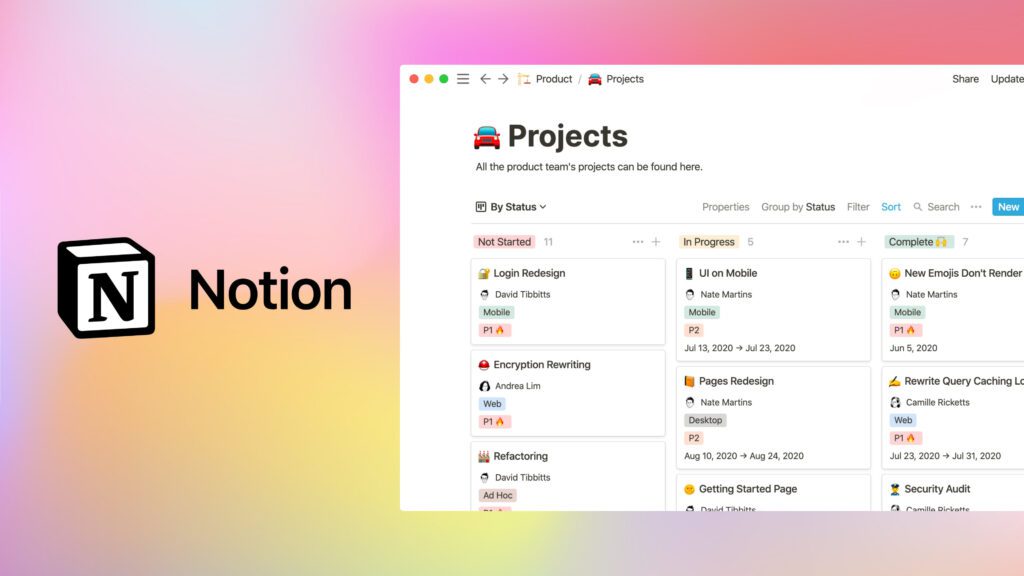Takeaway
Onboarding external game developers to your project is a multifaceted process that requires clear communication, robust documentation, and a well-structured integration plan. By establishing a comprehensive onboarding framework, you can ensure that external developers align with your project goals, understand your development environment, and contribute effectively to your game development pipeline.
Introduction
The gaming industry is evolving rapidly, with an increasing number of companies opting to collaborate with external developers to enhance their projects. This trend is driven by the need for specialized skills, faster development cycles, and the ability to scale resources efficiently. However, onboarding external game developers presents unique challenges that must be addressed to ensure a seamless integration into your existing team and workflow.
Understanding the Onboarding Process
Onboarding is not merely a one-time event; it is a continuous process that involves several stages. The primary goal is to equip external developers with the necessary tools, knowledge, and context to contribute effectively to your project. The onboarding process can be broken down into the following stages:
1. Pre-Onboarding Preparation
Before external developers join your project, it is crucial to prepare the groundwork. This includes:
- Defining Roles and Responsibilities: Clearly outline the roles that external developers will play in the project. This includes defining their responsibilities, expected deliverables, and how they will interact with your internal team.
- Creating Documentation: Develop comprehensive documentation that covers your project’s architecture, coding standards, and development processes. This should also include information about the tools and technologies used in the project.
- Setting Up Development Environments: Ensure that external developers have access to the necessary tools and resources. This may involve setting up accounts for version control systems, project management tools, and any proprietary software used in the development process.
2. Initial Orientation
Once external developers are onboarded, the next step is to provide them with an orientation session. This session should cover:
- Project Overview: Provide a high-level overview of the project, including its goals, target audience, and key features. This helps external developers understand the context of their work.
- Team Introductions: Introduce external developers to the internal team members they will be collaborating with. This fosters a sense of belonging and encourages open communication.
- Development Workflow: Explain the development workflow, including how tasks are assigned, tracked, and reviewed. This should also cover the tools used for communication and collaboration.
3. Technical Training
Technical training is a critical component of the onboarding process. This may include:
- Codebase Familiarization: Provide external developers with access to the codebase and guide them through its structure. Highlight key components and modules that they will be working on.
- Tool Training: Offer training sessions on the tools and technologies used in the project. This may include game engines, version control systems, and project management software.
- Best Practices: Share best practices for coding, testing, and debugging within the context of your project. This ensures that external developers adhere to your quality standards.
4. Integration into the Team
Integrating external developers into your team is essential for fostering collaboration and ensuring alignment with project goals. This can be achieved through:
- Regular Check-Ins: Schedule regular check-ins to discuss progress, address challenges, and provide feedback. This helps external developers feel supported and engaged.
- Encouraging Collaboration: Promote collaboration between internal and external developers through pair programming, code reviews, and brainstorming sessions. This enhances knowledge sharing and builds rapport.
- Feedback Loops: Establish feedback loops to gather input from external developers on the onboarding process and their experience working on the project. This can help identify areas for improvement.
Tools and Technologies for Effective Onboarding
Utilizing the right tools and technologies can significantly enhance the onboarding experience for external developers. Here are some essential tools to consider:
1. Project Management Tools
Tools like Jira, Trello, or Asana can help manage tasks, track progress, and facilitate communication between team members. These platforms allow external developers to see their responsibilities and deadlines clearly.
2. Version Control Systems
Using version control systems like Git is crucial for collaborative development. Ensure that external developers are familiar with branching strategies, pull requests, and code reviews to maintain code quality.
3. Communication Platforms
Effective communication is vital for successful collaboration. Tools like Slack, Discord, or Microsoft Teams can facilitate real-time communication and help build a sense of community among team members.

4. Documentation Repositories
Utilize platforms like Confluence or Notion to create a centralized repository for documentation. This ensures that external developers have easy access to project-related information and resources.

Measuring Onboarding Success
To ensure that your onboarding process is effective, it is essential to measure its success. Key performance indicators (KPIs) to consider include:
- Time to Productivity: Measure the time it takes for external developers to become productive members of the team. This can be assessed by tracking the time from onboarding to their first completed task.
- Quality of Work: Evaluate the quality of work produced by external developers through code reviews and testing. This helps ensure that they meet your project’s standards.
- Feedback from Developers: Gather feedback from external developers regarding their onboarding experience. This can provide valuable insights into areas for improvement.
Conclusion
Onboarding external game developers is a critical process that requires careful planning and execution. By establishing a structured onboarding framework that includes pre-onboarding preparation, initial orientation, technical training, and team integration, you can ensure that external developers are well-equipped to contribute to your project. Utilizing the right tools and measuring the success of your onboarding process will further enhance collaboration and productivity. In summary, a successful onboarding experience not only benefits external developers but also strengthens your project’s overall success.
Key Points
- Define roles and responsibilities clearly before onboarding.
- Create comprehensive documentation to guide external developers.
- Provide technical training on the codebase and tools used in the project.
- Foster collaboration through regular check-ins and feedback loops.
- Utilize effective tools for project management, communication, and documentation.
- Measure onboarding success through KPIs like time to productivity and quality of work.
By following these guidelines, game development companies can effectively onboard external developers, leading to enhanced collaboration and successful project outcomes.

